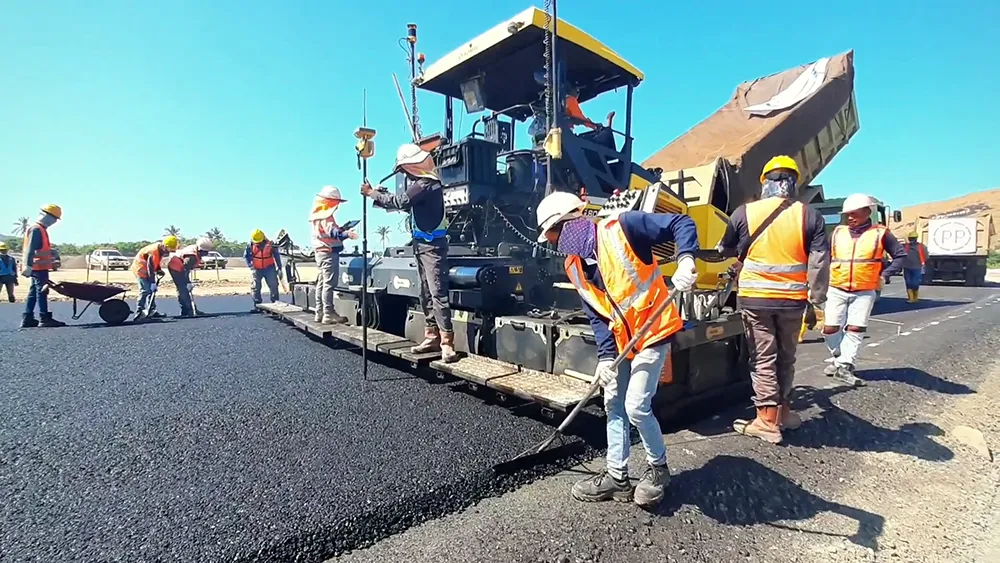
The company, based in Denmark, notes that international studies demonstrate the effectiveness of centerline rumble strips for reducing road traffic accidents, especially in rural areas. While some studies show a reduction in head-on collision accidents of around 20%, other international studies suggest that they can reduce accidents by up to 55%.
The profiled application of Borum’s rumble strips can be applied as extruded profiles in thermoplastic material or as a two-component profile application.
Two-lane rural roads have a number of single vehicle run-of-the-road crashes and crashes from cars going across the centerline and colliding with oncoming vehicles.
This has inspired different stakeholders to experiment with centerline rumble strips to prevent head-on collisions. Centreline rumble strips are placed between opposing lanes of traffic to alert drivers that they have crossed over into the path of oncoming traffic.
When the tyres pass over the rumble strips, the raised or grooved patterns suddenly produce an uncomfortable vibration, and the noise heard inside the vehicle alerts the driver to change direction.








